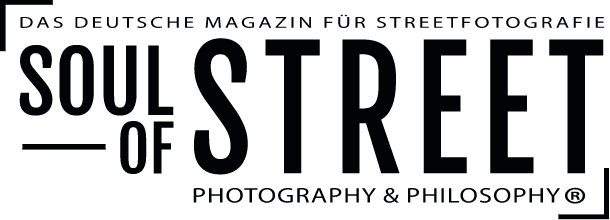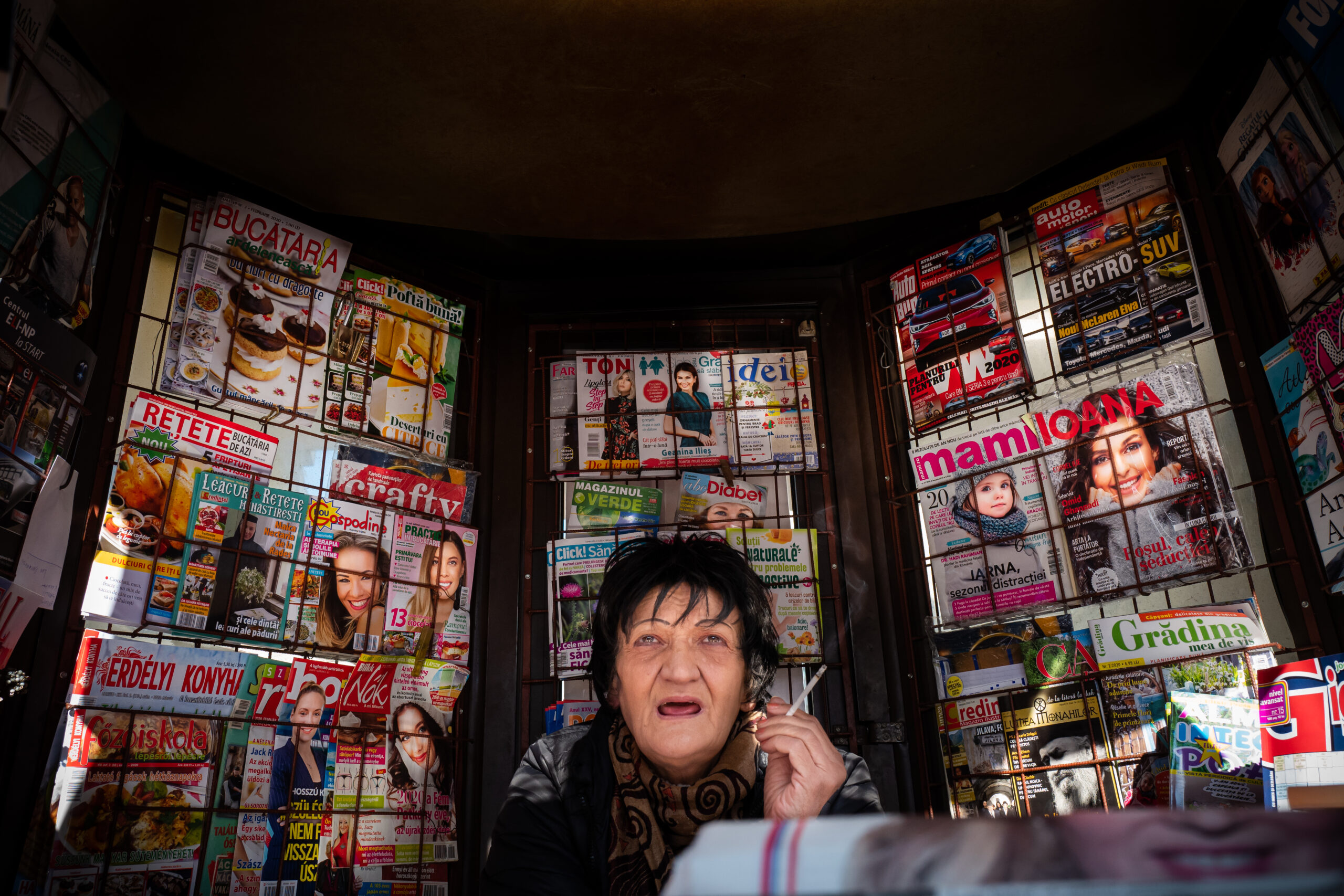[vc_row][vc_column][vc_column_text]
“I know with every photo I take, I try to show my own vision of this amazing world that we live in.”
In lack of any drawing talent, Andrei opted for the visual arts. Lucky us! “Human emotions, all 27 of them, will always be the most photogenic subject ever, the driving factor behind every memorable image”, he says. We think, he’s right and yes, he can.
Hello Andrei, we are very happy to have you. Please introduce yourself and your style of photography to the readers.
Andrei Furnea: Hi SoS. I am Andrei Furnea. I was born in Romania, have lived in Luxembourg and the UK for short periods of time, visited lots of countries on three different continents, but I chose to return to my home country, mainly because of the people. I really love its street reality and the human interactions here. I work in the IT industry for a living and am enjoying photography to feed my soul. I first interacted with visual arts when I was a young boy. My father used to be a pretty good poet and caricaturist, and I remember being very impressed by the power a 5 minute crayon drawing and a few good words can have on people’s state of mind. I believe, I first fell in love with the visual representation of the street, when I saw Edward Hopper’s “Nighthawks”. That masterpiece triggered my unconscious need and desire to explore the streets in search of visual poetry, and since I’m terrible at drawing, my only option was a camera [he smiles].
but I chose to return to my home country, mainly because of the people. I really love its street reality and the human interactions here. I work in the IT industry for a living and am enjoying photography to feed my soul. I first interacted with visual arts when I was a young boy. My father used to be a pretty good poet and caricaturist, and I remember being very impressed by the power a 5 minute crayon drawing and a few good words can have on people’s state of mind. I believe, I first fell in love with the visual representation of the street, when I saw Edward Hopper’s “Nighthawks”. That masterpiece triggered my unconscious need and desire to explore the streets in search of visual poetry, and since I’m terrible at drawing, my only option was a camera [he smiles].
SoS: What is it that makes you want to capture a subject?
Andrei Furnea: When I’m on the streets, I’m not looking for anything in particular, it’s mostly an act of observation and contemplation of the urban odyssey; letting the day to day life happen in front of me, like a spectator to the biggest show ever made; enjoying the shapes and geometry colliding with human interactions. I am captivated by the human loneliness often found in big cities, and I love the way buildings and people are united by a certain solitude. I suppose that solitude is also a part of myself – so basically, I’m unconsciously taking alter-ego selfies.
SoS: Is there a picture taken in a unique moment that you remember spontaneously? What does it show?
Andrei Furnea: Actually, there is one picture I’ll always remember as a Eureka moment for me, taken while visiting China. I was roaming around, trying to get a sense of my surroundings, in those small and empty streets of a modest ancient town, where nothing much was happening at that early hour of the morning.
I ended up in a bystreet alleyway, with tiny houses along a cute Venetian-like canal, and I saw this young boy staring at a young girl. He didn’t say, hear or see anything around him, totally captured in his daydream. What this picture taught me is that no matter where you are, what you think of a place and / or of a time, no matter how bad the light is or what camera you use – human emotions, all 27 of them, will always be the most photogenic subject ever, the driving factor behind every memorable image.

SoS: How important is empathy in street photography to you?
Andrei Furnea: Empathy represents one of the core characteristics in one’s power to use photography, for both themselves and the others, as a format of better storytelling. Many people confuse empathy (feeling with someone) with sympathy (feeling sorry for someone). Empathy involves one’s ability to perceive the other ones’ feelings and also to recognise their own emotions. Once empathy comes into play, compassionate action is the most logical response. And in photography, it represents the increased capacity of the photographer to expose what he feels is truly touching.
As Yousuf Karsh once stated: “The heart and mind are the true lens of the camera.” So I think one’s photography is always a reflection of the photographer’s ethics and morals. In the same way, the beauty is in the eye of the beholder, so in the end it depends on them how one is perceived. I, for example, enjoy both Bruce Gilden’s and Bruce Davidson’s photography, but I wouldn’t feel very comfortable being on any end of Bruce Gilden’s camera [he smiles].
To sum it up, I think empathy gives us the power to embark in a self-discovering journey and ignite the introspection that is so necessary to our self-development. If I had to express my thoughts about empathy from an artistic view, I’d go along with Steven Holmes’s words: “An artist without empathy is a sociopath.”
SoS: What do you do to process and edit your pictures?
Andrei Furnea: I would like to start this one with a quote from Elliot Erwitt: “All the technique in the world doesn’t compensate for the inability to notice.“
After shooting, I let my mind do a “cognitive shift” from photography to other topics, where I listen to some vinyl or do some reading. It is only after a few days that I’ll go over my latest photos, because I think it’s always a good idea to let some time pass, in order to be more objective in the selection process. Post processing, to me, means a pretty light editing in Lightroom, adjusting things like brightness, contrast, colour saturation and sometimes cropping. I try to keep this process as light as possible, because I’m not a big fan of altering the reality. However, I don’t blame anyone opting for such practices, as this is an artistic expression as well.


SoS: Do social media play a role in your photography?
Andrei Furnea: I find social media an amazing tool, very helpful if you use it right, especially to gather information that otherwise would be more difficult to access. With all the platforms available out there, nowadays, you have plenty of options to choose from and to find the best one that suits your interests. It’s also important to be able to get inspired by other artists and to receive an unbiased feedback from other artists as well. On the other hand, as an artist, you need to go through thick and thin as you get a lot of critiques, and most of the times, it will come from people that are no experts in your line of work and you’ll have to find a way to deal with that criticism in a healthy and positive manner. Social media can be a source of inspiration, but it’s imperative to try and seek out your inspiration from real life, inside yourself, because true creativity will always come from within. I see plenty of photos alike over the internet, many just copying a style and reproducing ideas that others have had. I think it can be helpful at some point, but in order to develop a style of your own, one needs to go beyond that and seek images that express one’s true feelings and emotions. I do admit though, I’m still a beginner in search of a style of my own. I’m positive I also, unconsciously, copy some ideas, but I accept this self-discovering journey and I know with every photo I take, I try to show my own vision of this amazing world that we live in. So, at the end of the day, I think the most important aspect of social media is the fact that you have the power to control what you see and what part of your work you want to be seen and by whom. Talent is not necessarily represented by how large your audience is.
SoS: What do you think about working on single pictures versus series?
Andrei Furnea: I think that depends largely on one’s view, concept and storytelling talent. Different approaches don’t mean one is better than the other. I think you can easily enjoy the work of both London’s street wanderer Matt Stuart and eternal nomadic Josef Koudelka. I have to admit that currently, I’m more attracted to creating images that have the capacity of containing an entire story within themselves. I suppose, I’m drawn to either complex and emotionally charged situations or simple, but touching scenes. After one day of wandering the streets, a happy day to me is to end up with one good picture that can summarise the entire day. I do not exclude that in the future, when my photographic skills have matured, I will start chasing stories and projects through series, but for now I’ll still be hunting narratives through one click.
SoS: What challenge are you looking forward to?
Andrei Furnea: Life is an uncertain roller coaster, but we are as well masters of avoidance [he smiles]! I think we have the tendency to turn away from life rather than towards it, I included. So one of my goals is to try to let myself be guided by the reality principle, to develop a deeper capacity of dealing with life challenges. So I’m looking forward to all of them, hoping it will help me grow as a human being.
SoS: And finally please complete the following sentence:
If street photography was a journey, then…can I please have a one-way ticket?
SoS: Andrei, thank you very much for your time. We wish you all the best and good luck for your future projects!



[/vc_column_text][vc_gallery interval=”5″ images=”19731,19733,19735,19736,19737,19732,19743,19745,19746,19748″ img_size=”full”][vc_column_text]FB: https://www.facebook.com/andrei8
INSTAGRAM: https://www.instagram.com/andreifurnea/[/vc_column_text][/vc_column][/vc_row]



